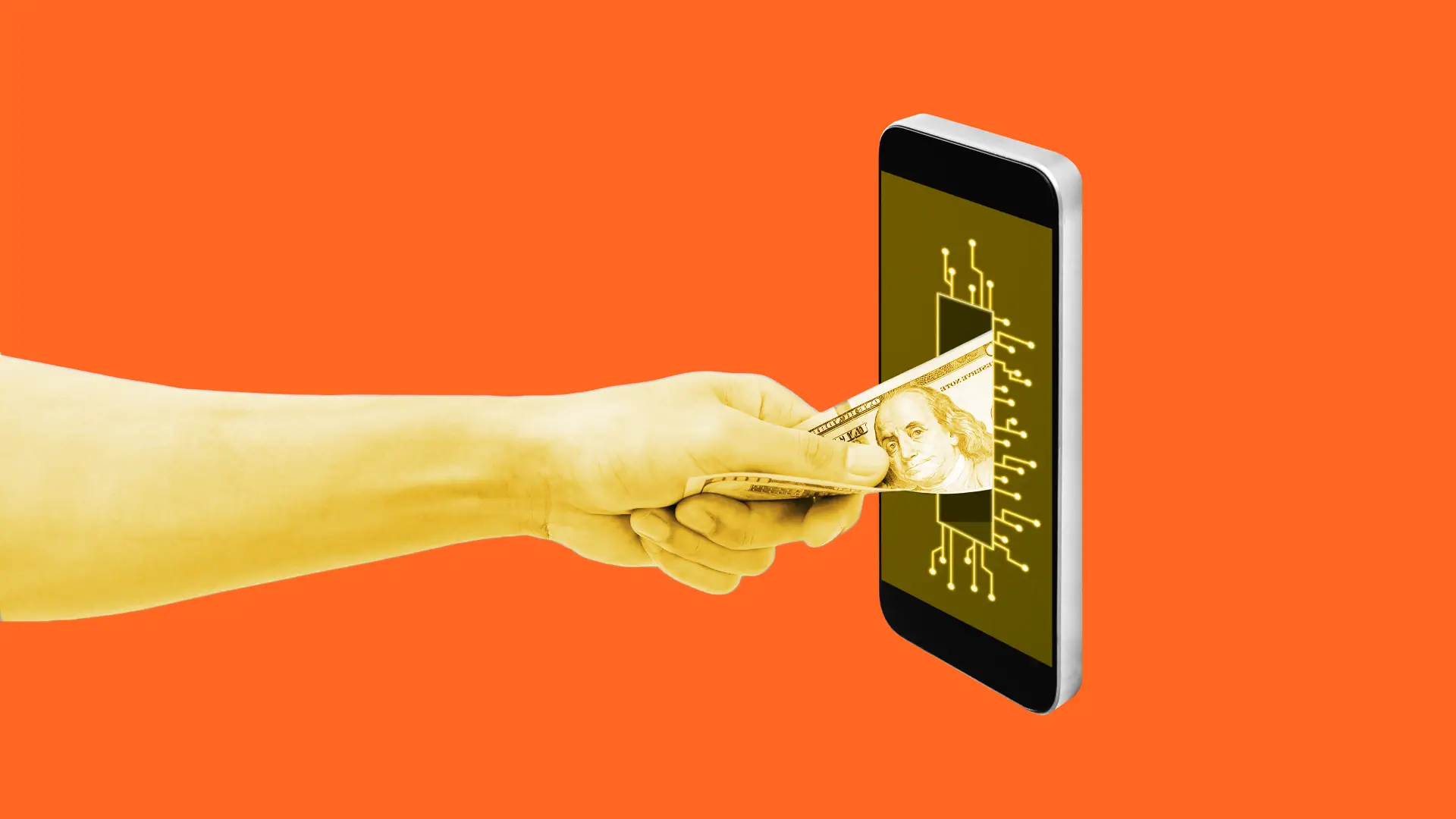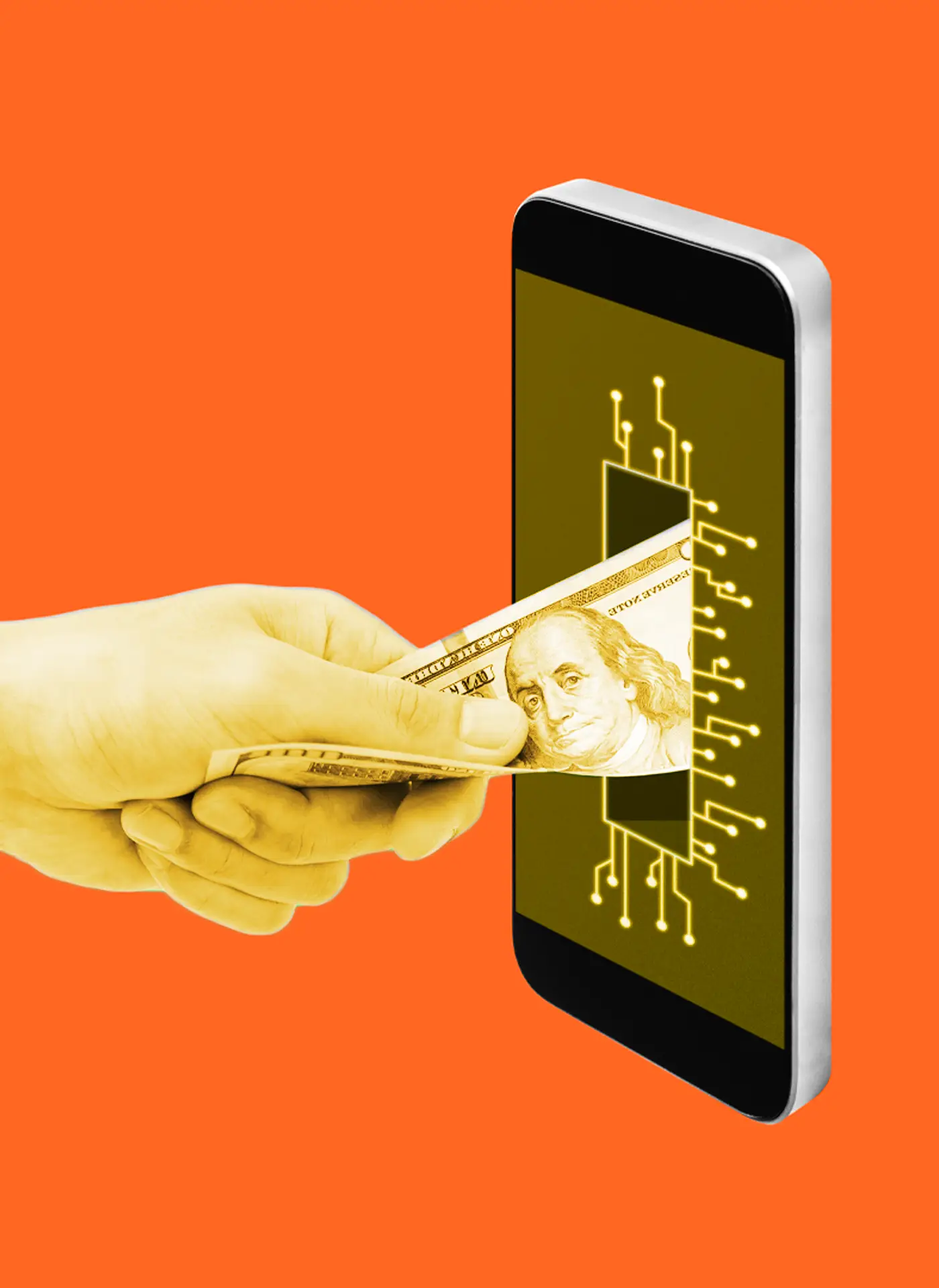Key Takeaways
- A seamless and intuitive digital payments user experience (UX) is essential for driving adoption and building customer trust.
- Key UX elements for digital payment adoption include ease of use, security, transparency, and personalization.
- Integrating digital payments with services like loyalty programs, e-commerce platforms, and banking tools can enhance user convenience and satisfaction.
- Banks can improve trust and loyalty by using thoughtful digital payment UX, proactive notifications, and personalized financial management tools to support customers.
Listen: Strong UX is critical to the future of digital payments.
Digital payments are becoming more common around the world. Over 90% of consumers in both the U.S. and Europe made some sort of digital payment in 2024, whether on a website or app, or in store using a digital wallet. It’s clear that the way we pay for goods and services is shifting from a traditional cash and card method to digital. The best digital payment methods promise a seamless, secure, and personalized experience. This shift also presents challenges that must be addressed to ensure widespread adoption and equitable access.
How can banks integrate into the digital payment evolution to create a more user-friendly experience? It starts with understanding how customers are making payments and how investing in digital payment UX can drive greater adoption and trust in the long run.
The evolution of digital payments
Buying a cup of coffee is no longer a matter of simply handing over a credit card or a $5 bill. Many people have turned to digital payments, which are more prevalent and convenient than ever. Digital payments refer to shopping on a website or within an app, or paying in a store using a digital wallet—a mobile application for making payments and storing electronic credit cards.
Believe it or not, digital payments started in the 1960s. With the emergence of Electronic Funds Transfer (EFT), banks began using electronic networks to transfer funds. This laid the foundation for the future of digital transactions.
In 2010 and beyond, mobile payments became much more mainstream. Apple Pay, Google Pay, and Samsung Pay put mobile payment capabilities in the palms of our hands. Payment networks like Zelle enabled instant funds transfers. Now, smartphone and smartwatch technology, enhanced with facial recognition and other digital payment security features, allow consumers to pay in store without pulling out a physical wallet.
Today, most forms of digital payments are on the rise. One study found that 18- to 24-year-olds have a particularly high adoption rate of in-store digital payments, with 32% using them. That’s double the rate of those aged 55 and older.
Digital payments offer convenience, speed, and security as attractive characteristics. In the future, we’ll likely see a greater emphasis on how AI can create more value for financial institutions and consumers alike. This may manifest as a spending pattern analysis to fuel more personalized shopping and rewards programs. For banks, there’s an opportunity to support customers with financial education, prompting users to save more or invest in retirement accounts.
Challenges to widespread adoption
Naturally, there are some barriers to the widespread adoption of digital payments:
Security and privacy
Digital payment security is top of mind. Consumers may worry about data breaches, fraud, and the safety of their financial information in a digital wallet. Others are hesitant to share their credit card or banking data with a mobile payment provider or merchant.
Technological advancements in biometric authentication have helped combat security issues. Users are starting to see PINs disappear, replaced by facial and voice recognition tools. This added layer creates a more secure login experience, which can increase user adoption.
Merchant acceptance
For digital payments to be truly pervasive, all businesses—including small businesses and gig economy workers—must be able to accept them. This means integrating digital payment platforms across all devices, both at the merchant level and on user devices. When digital payments are accepted everywhere, there’s improved interoperability, reduced friction, and enhanced user convenience and value.
Digital divide
One of the biggest challenges to the widespread adoption of digital payments is bridging the digital divide. Not everyone can access smartphones or high-speed internet, particularly in rural or underdeveloped areas. A lack of digital literacy can also be a barrier to adoption. The future of digital payments will hinge on successful integration in global economies, as well as meeting users where they are with digital literacy and access to technology.
China’s major shift away from a cash economy is a recent example. Chinese tech juggernauts WeChat and AliPay accounted for a $17 trillion mobile payments market as of 2019, steering the economy away from cash for both digital purchase and in-person goods. This worked thanks to the widespread use of bank accounts and smartphones, although digital payment adoption in rural areas continues to lag.
Digital payments and the importance of UX
UX is crucial in driving digital payment adoption. A thoughtful, well-designed payment interface can improve ease of use, instill greater trust, and drive brand loyalty.
In the digital payments space, UX can contribute to:
- Ease of use: The payment process should be intuitive and straightforward, creating a simple and frictionless experience.
- Security: Customers must feel confident that their financial information is protected, especially when facial recognition and other biometric data are in play.
- Transparency: Users need to have clarity about privacy policies and fees.
- Personalization: UX design can help tailor the payment experience to individual user needs and preferences, which can improve overall satisfaction with the interface.
- Integration: An important opportunity for UX in digital payments is integrating digital payment applications with your online bank account, which is especially common with peer-to-peer payment apps like Zelle or Venmo.
How banks can impact the digital payment experience
Banks have an opportunity to continue improving the customer experience with frictionless integration of digital payments. Banks already offer helpful notifications to protect from fraudulent credit or debit card purchases. On the flip side, banks can use that same approach to help users by leveraging AI with proactive nudges based on spending habits or predictive analytics. Friendly notifications can offer welcome tips for hitting savings goals, monitoring your credit score, or avoiding overdraft fees.
In this case, banking interfaces become akin to financial education coaches. With thoughtful UX and real-time notifications to opt into, banks can improve the end-to-end user experience to help customers stay on track more proactively.
Strong UX improves trust in digital banking
The future of digital payments is rapidly unfolding, promising a world where transactions are seamless, secure, and personalized. As we move toward a cashless society, the user experience will be paramount in driving widespread adoption.
Banks and financial institutions will play a crucial role in this transformation. By embracing user-centered design principles, prioritizing security and transparency, and maximizing the latest technology, banks can create digital payment experiences that are convenient and empowering.
Improving transactional capabilities, such as integrating peer-to-peer payment apps, is often the starting point. Banks can also consider adding personal tools, such as financial wellness assistants, into their apps. In this way, banks show consumers they have their backs, helping them with digital payments while sharing tips on managing their financial lives.
Investing in strong UX is vital for success in this endeavor. With the right creative partners, banks can create intuitive interfaces, supportive in-app messaging, and personalized features. The result? Building trust with customers as the future of digital payments evolves.
Latest.

Meet the new emerging role: AI Trainer
Career Advice, Leadership & Management, Engineering & Technology, Innovation & Emerging Tech, Talent Acquisition & Recruitment

The great AI investment paradox.
Leadership & Management, Engineering & Technology, Innovation & Emerging Tech

How to prevent candidate drop-offs in today’s market.
Leadership & Management, Retention Strategies, Talent Acquisition & Recruitment








